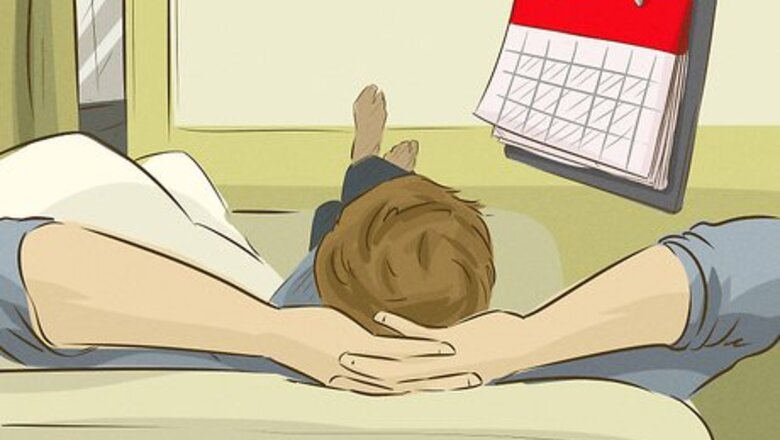
views
Treating Minor Muscle Injuries
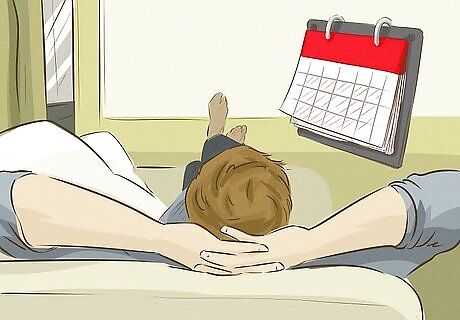
Rest the muscle. For either a first or second-degree injury, medical care is not typically needed. You can treat these injuries with RICE, a mnemonic for the treatment. "R" stands for "rest" the injured area. Take a break from exercising until you can move the muscle without pain. Do not participate in any sports until you are feeling stronger. This should not be any longer than 2 weeks. If significant pain persists beyond that, make an appointment with your physician. You should still be able to walk and/or move your arms. If you cannot do this, then your tear may be severe. You should see your healthcare provider.
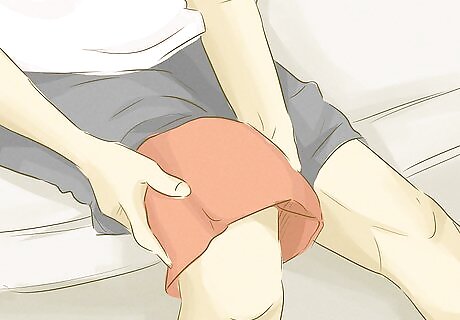
Ice the area. Apply ice, either in the form of a bag of frozen peas or crushed/cubed ice in a protective plastic wrapping. Wrap the ice pack in a cloth or thin towel before you use it. Apply the ice to the affected area for 15 to 20 minutes every 2 hours for the first 2 days after the injury. The ice will decrease the internal bleeding (hematoma), swelling, inflammation, and discomfort.
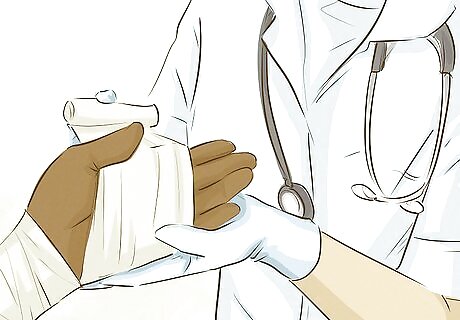
Compress the muscle. You can also wrap the injured area with an ace bandage to protect the area for the first 48 to 72 hours. Be sure to wrap it snugly, but not too tight. To wrap the affected area, start wrapping at the furthest point from your heart and move inwards towards your body. For example, if your injury is in your bicep, then start wrapping near your elbow and move upwards towards your armpit. If your injury is in the lower part of your calf, then start wrapping your leg near your ankle and move upwards towards your knee. Be sure you can still fit 2 fingers between your skin and the wrap. Remove the wrap if you notice any signs of decreased circulation, such as numbness, tingling, or paleness in the area. Compression will also serve to protect the area from re-injury.
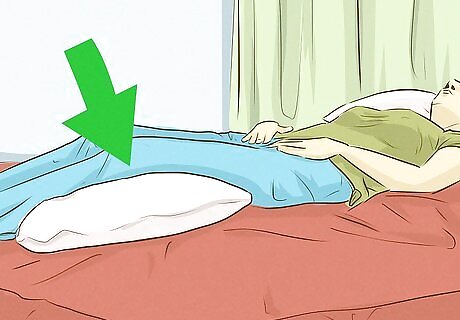
Elevate the injured limb. You can also elevate the injured limb above your heart to help reduce the swelling. Place the limb up on some pillows and lay down. Make sure that you are in a comfortable position. If you can't get the injury above your heart, try to at least keep it parallel to the ground. If you are still feeling a great deal of throbbing, try raising the limb higher.
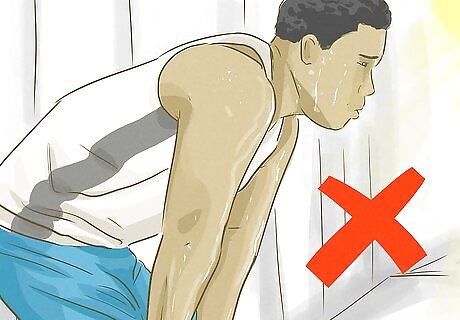
Avoid HARM. For the first 72 hours after you tear a muscle, it is important to avoid doing certain things that can make your injury worse. The activities you should avoid can be represented by the acronym HARM, which stands for: Heat. Don’t use a heating pad or take a hot bath. Alcohol. Don’t drink alcohol because this can increase the bleeding and swelling. It may also cause your injury to take longer to heal. Running. Don’t run or do any other strenuous activities that might worsen your injury. Massage. Don’t get a massage or massage the injured area because this can cause more bleeding and swelling.
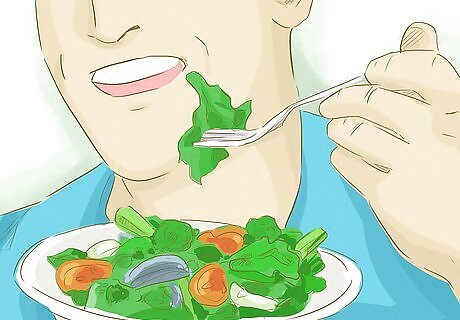
Eat well to help heal a torn muscle. Eat foods that contain a lot of Vitamin A, Vitamin C, Omega-3 fatty acids, zinc, antioxidants, and protein to speed up the healing process. Some foods that would help include: citrus fruits, sweet potatoes, blueberries, chicken, walnuts, and many more.
Reducing Pain with Medicine
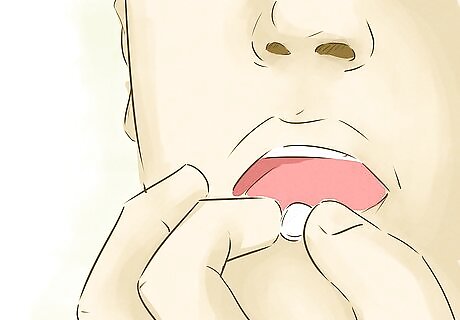
Take an NSAID for pain relief. Non-steroidal anti-infammatory drugs, also known as NSAIDs, are helpful for relieving pain and inflammation from a muscle injury. Try taking a dose of an NSAID, such as ibuprofen or naproxen. Take only the recommended doses of Ibuprofen or aspirin for 3 to 7 days after the injury. Don’t take NSAIDs for a longer time period than this or you may suffer from long term side effects such as upset stomach. NSAID medications stop pain, but also may stop a phase of chemical reactions that are important in long-term healing. Take ibuprofen or naproxen with food and a glass of water to avoid gastric complications such as ulcers. Be careful if you have asthma, as anti-inflammatory drugs can make an asthma attack more likely.
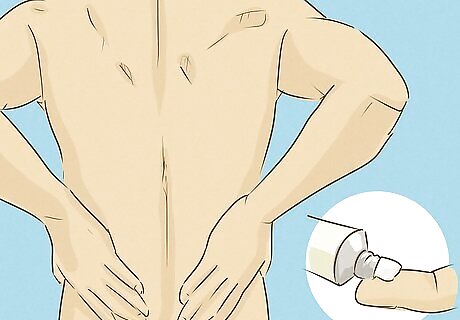
Ask your doctor about prescription pain-relief creams. You can get prescription NSAID creams to rub onto the skin over the torn muscle. These creams work locally to reduce pain and swelling in the muscle. Apply the cream to the affected area only and use the medicine as directed by your physician. Make sure that you wash your hands immediately after applying the cream to the affected area.
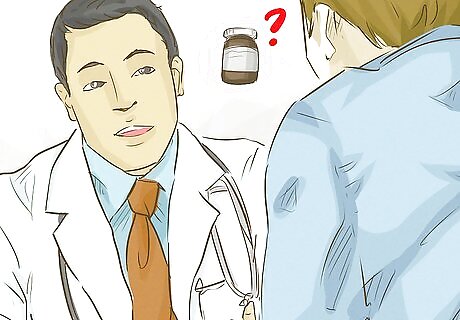
Request a prescription pain-reliever for severe pain. If your injury is severe, then you may experience severe pain as well. In this case, your doctor may prescribe a pain reliever, such as codeine. Keep in mind that these medications can be habit-forming and they are much stronger than over-the-counter medicines. Follow your doctor’s instructions for dosage carefully.
Getting Medical Attention
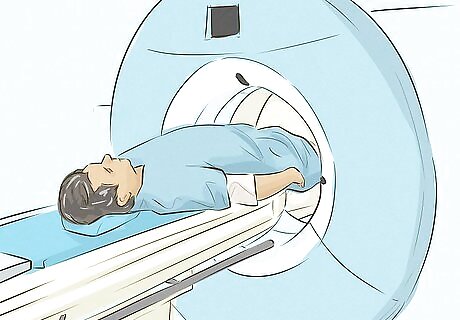
Get a diagnosis. Many minor tears will heal on their own with the help of self-care measure. However, it is difficult to determine the extent of your injury without seeing a doctor. If you are in pain, having difficulty using the affected limb, or experiencing excessive bruising and swelling, then you may want to see a doctor for a diagnosis. A doctor can perform a physical exam of your injury and order imaging tests, such as an X-ray and an MRI. These tests can help your doctor to rule out broken bones and to find out how badly the muscle has been torn. Depending on the severity of your injury, your doctor may provide you with a brace or splint to keep the affected limb immobilized as it heals.
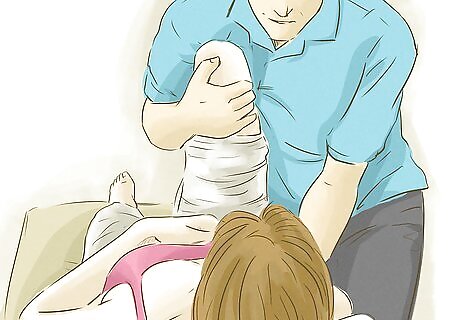
Ask about physical therapy. Physical therapy may also be necessary if you have sustained a severe muscle tear. Doing physical therapy can help to ensure that the muscle will heal correctly and that you will regain full use of it. During your physical therapy session, you will learn about and perform exercises as directed by your physical therapist. These exercises will help to build strength in a safe way and increase your range of motion.
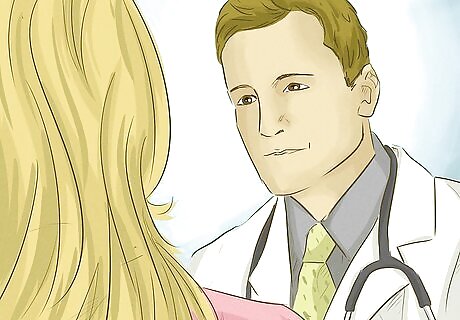
See a doctor to rule out other conditions. Some conditions are related to muscle tears, but are much more serious. If you believe you have one of these conditions, then you will need to seek immediate medical care. Compartment syndrome. If you experience severe pain with numbness and tingling, a pale limb, and a feeling of tightness, seek immediate medical attention. Compartment syndrome is an orthopedic emergency that requires surgical treatment within hours. Otherwise, you may need to have the limb removed. If you have any of these symptoms it is important you tell your doctor right away. The blood from a tear can place internal pressure on blood vessels and nerves. This cuts off circulation as the pressure builds. Achilles tendon rupture. The Achilles tendon is located at the back of your ankle and calf. It can be ruptured by vigorous exercise, especially in men over 30. If you experience pain along the back of your foot, especially when stretching your ankle, you may have a ruptured Achilles tendon. The condition requires complete immobilization and casting in flexion.
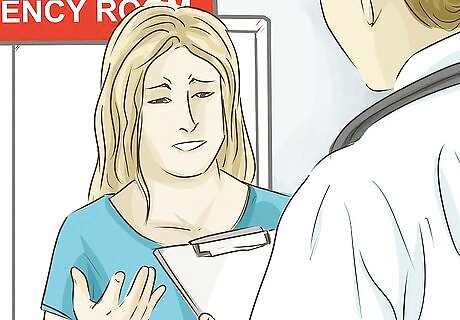
Seek medical attention for a third degree tear. If you have torn your muscle completely, then you will not be able to move the affected limb. You will need to seek treatment from a qualified healthcare professional as soon as possible. The treatment and recovery time will vary based on the severity and location of the tear. For example, for a complete bicep tear, you'll need surgery with a recovery period of four to six months. Partial tears usually heal within three to six weeks. Depending on the type of tear, you may need to see an orthopedist or other specialist.
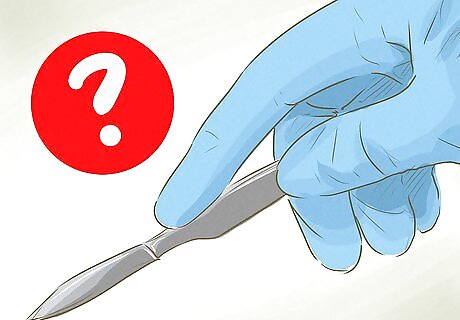
Discuss surgical treatment options for ruptures and tears. In some cases, surgery may be necessary to repair a ruptured muscle or torn ligament. Ask your doctor about your options if he or she recommends surgery for your injury. The need for surgery to repair a torn muscle is rare, and it may only be recommended if you are a sports professional because your performance may not return to normal without surgery.
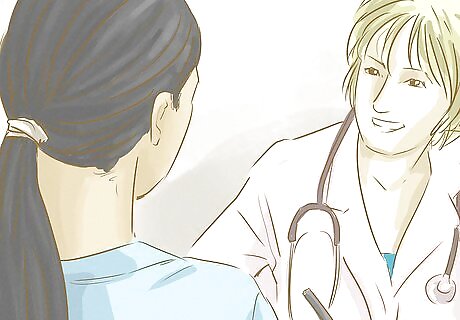
Follow up with your physician. Your doctor will likely want to see you again in the near future for a follow-up visit. This is to ensure that your injury is healing normally. Make sure that you attend this follow-up visit. Inform your doctor right away if your injury worsens or if it does not seem to be improving.












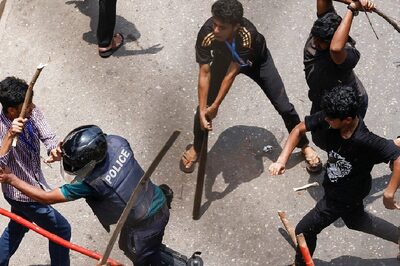






Comments
0 comment